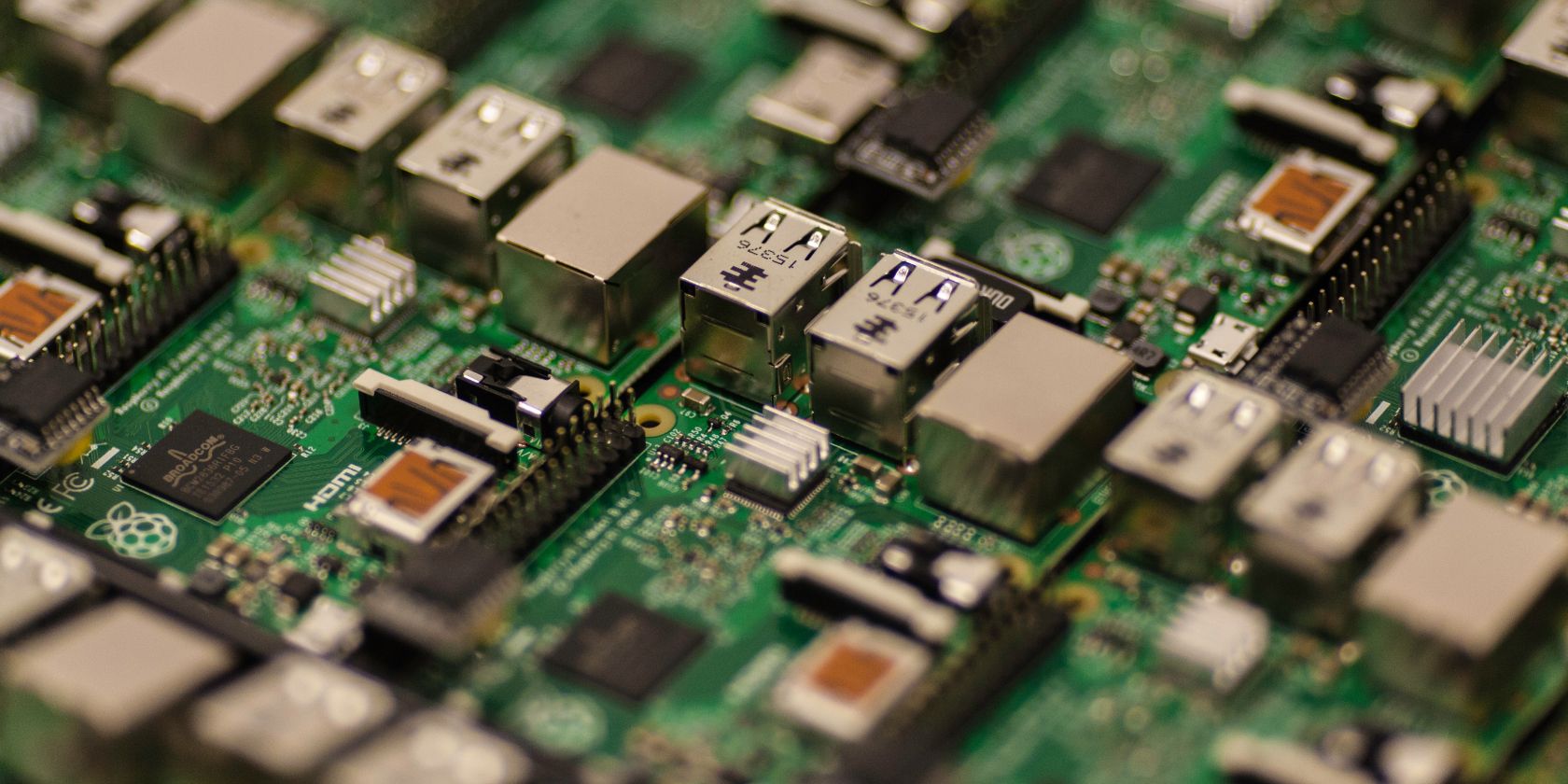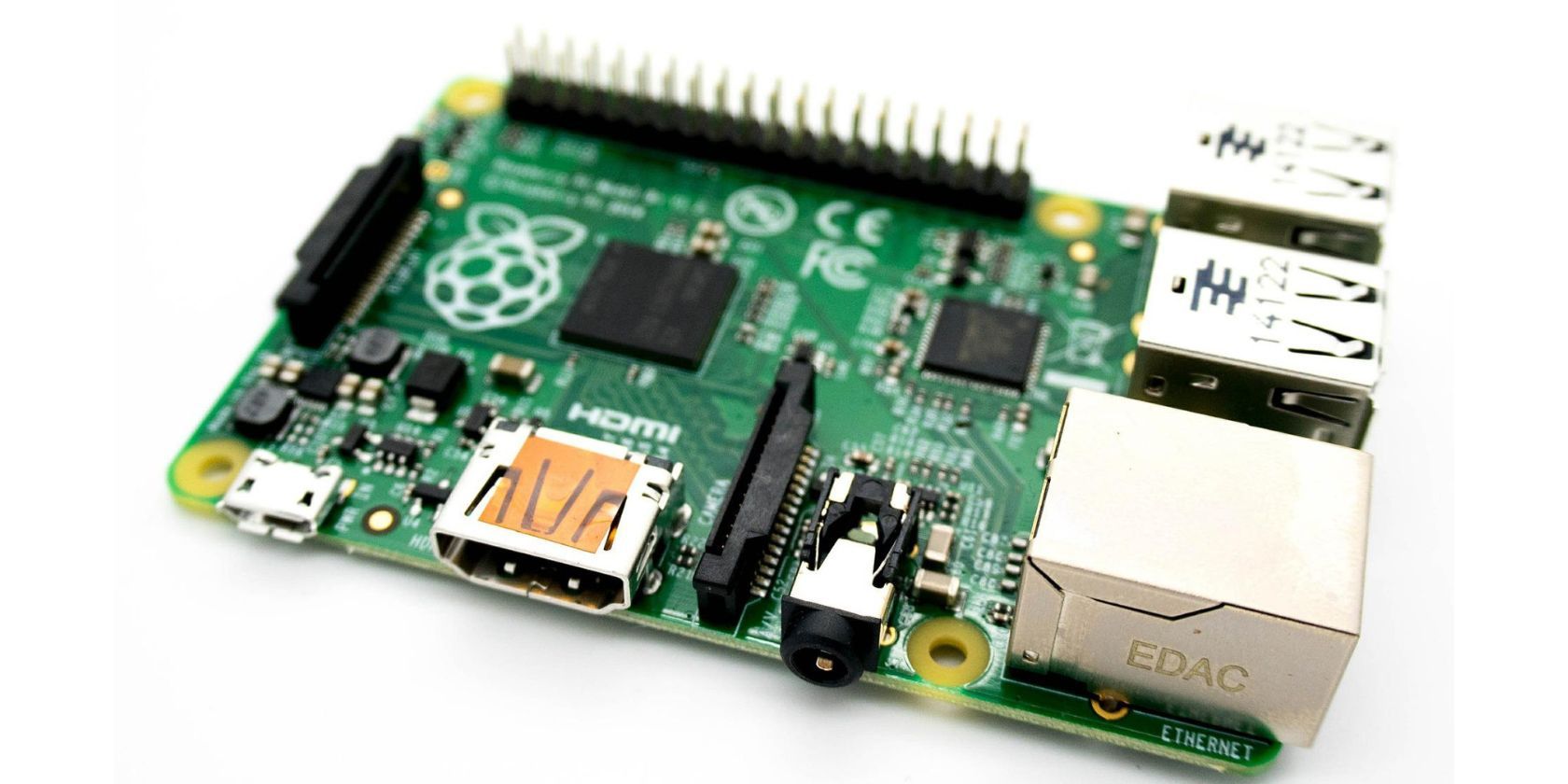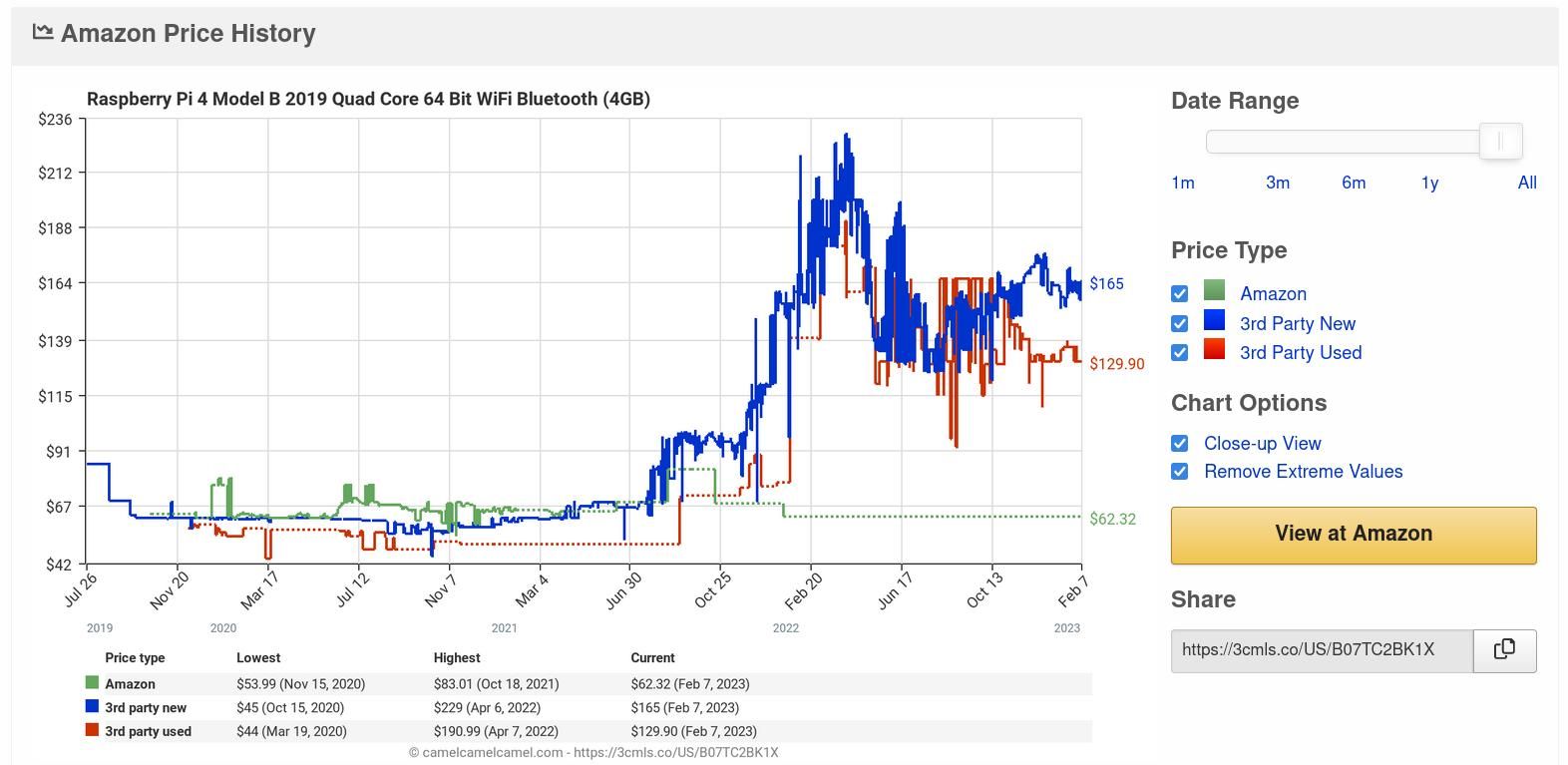The Raspberry Pi single-board computer first appeared on the scene in 2012 as a board for tinkerers, programmers, and kids. With its low-end specs, low power draw, and even lower price, it was an instant hit. But buying a Raspberry Pi in 2023 is expensive. Here's why.
Raspberry Pis Were Designed to Be Cheap
Originally, the Raspberry Pi was designed to be a teaching aid for UK schools, with the idea that every pupil would be able to use one to learn coding, basic electronics, and more. Priced at around $35, they were with the reach of every classroom and most households.
Using open source software on open source hardware, the price point of the Pi remained low, even as the capabilities of the flagship 'B' series boards skyrocketed. At the other end of the spectrum, recent low-cost boards such as the Raspberry Pi Zero series offered performance way in advance of the original Pi, at a bargain-basement price of around $5.
Why Is It So Expensive to Buy a Raspberry Pi?
If you buy a Raspberry Pi from an approved reseller, you'll find that they're still quite affordable, with an 8GB Raspberry Pi 4B retailing at $75, while a Raspberry Pi 3 – Model A+ (PLUS) can be had for $25.
Unfortunately, official resellers are currently often out of stock of Raspberry Pi boards. And if they're sold out, you may need to buy one instead from a non-official source such as eBay, Amazon, or Amazon Marketplace.
The shortage in stock is due to supply chain issues which affected any components which used semiconductors. The Raspberry Pi range was not alone in this: graphics cards, along with other PC components, also saw stock shortages and high demand.
It's also difficult to buy a bare board. Unofficial resellers typically offer starter kits or bundles containing accessories such as power and HDMI cables, switches, cases, and fans. You may already have many of these accessories and, strictly speaking, all the Raspberry Pi needs is a USB-C (for Pi 4 and 400; micro-USB for other models) power cable—especially if you plan to operate your Raspberry Pi as a server.
Looking at historical data, we can see that third-party sellers of the 4GB Pi 4 model set their prices on par with the official tag before the shortages started. The price reached a peak in April 2022, before experiencing a sharp drop, and then stabilizing.
Raspberry Pi Prices Are Coming Down
Despite a modest upcoming bump in the official price, your wallet will take less of a hit if you're buying a Raspberry Pi today, rather than several months ago. This is because upstream supply chain shortages are easing, and in a December 2022 blog post, Raspberry Pi Ltd CEO Eben Upton noted, "We can say with confidence that, after a lean first quarter, we expect supply to recover to pre-pandemic levels in the second quarter of 2023, and to be unlimited in the second half of the year."
If his predictions are correct and no further unexpected events have a negative effect on the silicon supply chain, you should be able to buy a Raspberry Pi of any type from any retailer at the recommend price. In the meantime, you can use a service such as RPiLocator to track down Raspberry Pi boards from official resellers.
More Developments Coming for Raspberry Pi
Flagship Raspberry Pi models tend to be released every one to two years since the 2012 launch of the original Raspberry Pi. The last few years have been unusual in that we haven't seen any major new high-end models launched since the Pi 4B in 2019—only variations in the amount of RAM, and the Pi 400, which is a 4B built into a keyboard.
Eben Upton has suggested that the Raspberry Pi 5 may make an appearance in 2024 (at the earliest), but we can only guess what the specifications will be.



